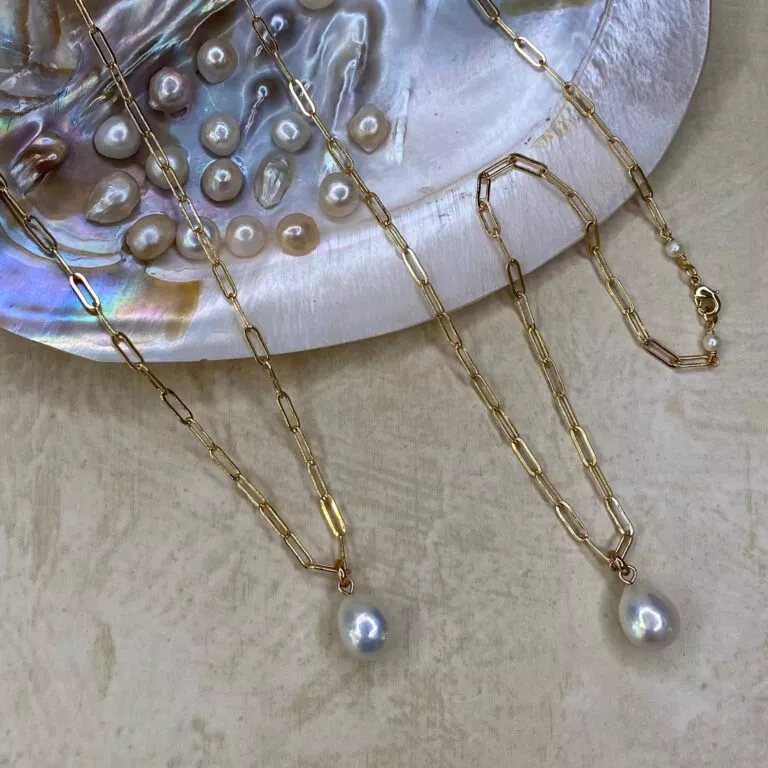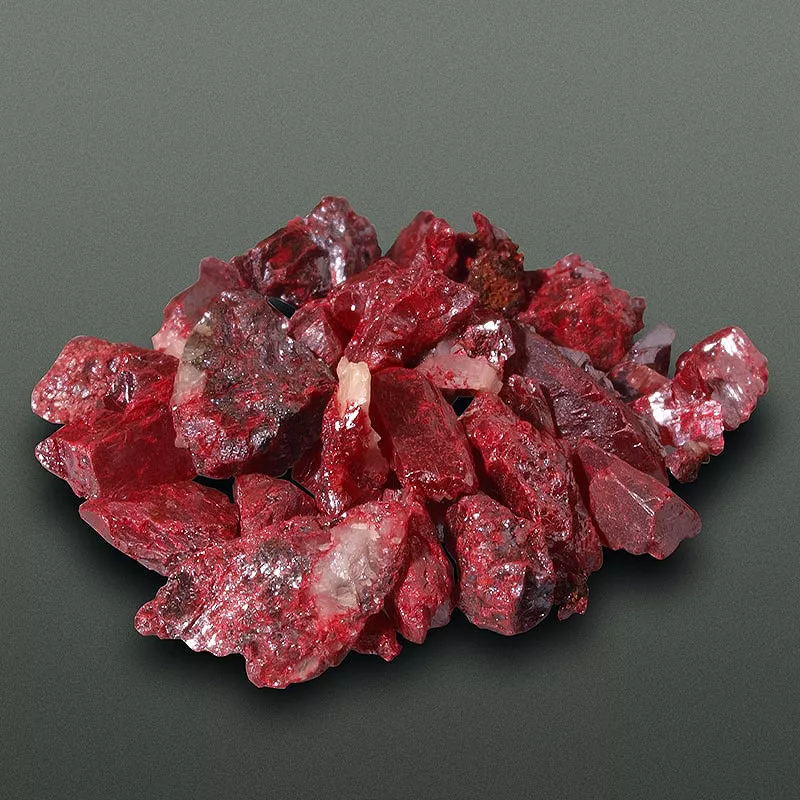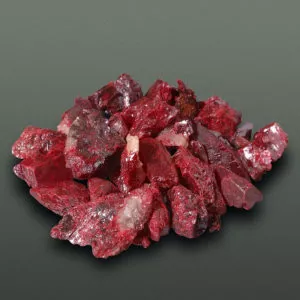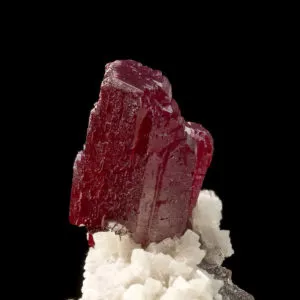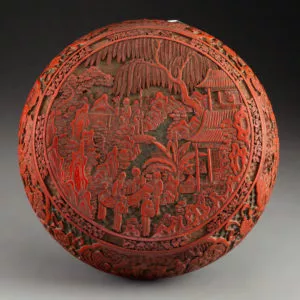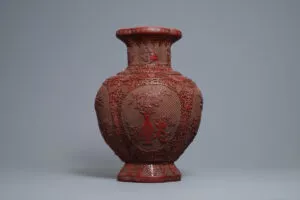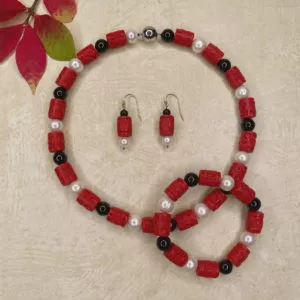Cinnabar
Cinnabar, the toxic ore of mercury…
The word Cinnabar likely derived from the Ancient Greek “κιννάβαρι” (kinnabari) is the bright scarlet to brick red form of mercury sulfide and is the historic source for the brilliant red or scarlet pigment termed “vermilion” and “Chinese Red”.
Cinnabar generally occurs as a mineral associated with volcanic activity and as the most common source of mercury in nature, it has been mined for thousands of years, as far back as the Neolithic Age. In Antiquity it was used for its colour, including as a rouge-type cosmetic, and for its mercury. In the New World it was used since the Olmec culture (2,500 BC) and in China since as early as the Zhou dynasty (11th C BC) where it was used for writing on oracle bones.
The toxicity of the mercury component was recognized in Ancient Rome where overexposure to mercury was considered an occupational disease for those working with the mineral. People in ancient South America who often used cinnabar for art or processed it into refined mercury (to silver gild objects) were also aware of the toxic properties of mercury. It was dangerous to those who mined and processed cinnabar: it caused shaking, loss of sense and eventual death.
The most popularly known use of cinnabar however is in Chinese carved lacquerware, a technique that originated in the Shang dynasty (1,600 BC). Several existing decorative techniques gradually developed during the Song dynasty (10th-13th C AD) which involved building up layers of thinly applied coats of lacquer and carving it into three-dimensional designs.
In the modern jewellery industry, the toxic pigment is often replaced by a resin-based polymer that approximates the appearance of pigmented lacquer.

